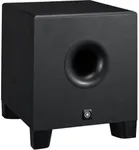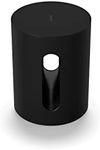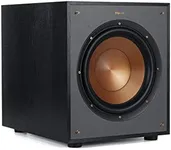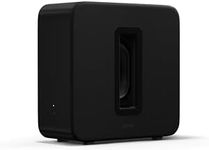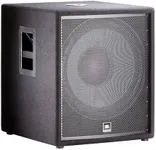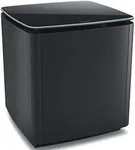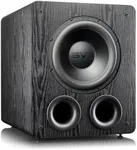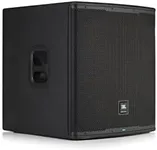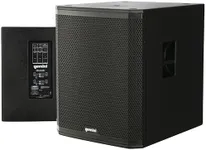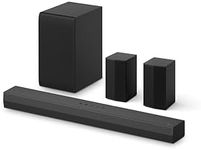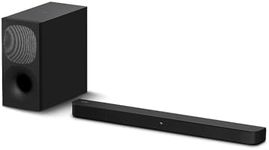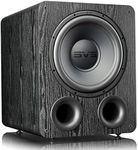Buying Guide for the Best Home Subwoofers
Choosing the right home subwoofer can significantly enhance your audio experience, whether you're watching movies, listening to music, or playing games. A subwoofer is designed to reproduce low-frequency sounds, adding depth and richness to your audio setup. To find the best subwoofer for your needs, it's important to understand the key specifications and how they impact performance. Here are the main specs to consider when selecting a home subwoofer.Power (Wattage)Power, measured in watts, indicates how much energy the subwoofer can handle and how loud it can get. Higher wattage generally means more powerful and impactful bass. Subwoofers with lower wattage (50-200 watts) are suitable for smaller rooms or casual listening. Mid-range wattage (200-500 watts) is ideal for medium-sized rooms and more immersive experiences. High wattage (500+ watts) is best for large rooms or home theaters where you want deep, room-shaking bass. Consider the size of your room and your listening preferences when choosing the power level.
Frequency ResponseFrequency response indicates the range of bass frequencies the subwoofer can reproduce, measured in Hertz (Hz). A wider frequency range means the subwoofer can produce both very low and relatively higher bass sounds. Typical subwoofers have a frequency response of around 20-200 Hz. For deep, rumbling bass, look for a subwoofer with a lower minimum frequency (20-30 Hz). If you prefer a more balanced sound with some mid-bass presence, a subwoofer with a higher minimum frequency (30-50 Hz) might be suitable. Your choice should align with the type of audio content you enjoy most.
Driver SizeThe driver is the part of the subwoofer that produces sound, and its size, measured in inches, affects the quality and depth of the bass. Smaller drivers (8-10 inches) are more compact and can fit in smaller spaces, providing tight and accurate bass. Medium drivers (10-12 inches) offer a good balance between size and performance, suitable for most home audio setups. Larger drivers (12-15 inches) deliver deeper and more powerful bass, ideal for home theaters or large rooms. Consider the available space and the level of bass you desire when selecting the driver size.
Enclosure TypeSubwoofers come in different enclosure types, primarily sealed and ported. Sealed enclosures are airtight and provide tight, accurate bass with quick response, making them suitable for music and smaller rooms. Ported enclosures have a vent or port that enhances low-frequency output, resulting in louder and more powerful bass, ideal for home theaters and larger rooms. Your choice depends on whether you prioritize accuracy and tightness (sealed) or volume and depth (ported).
Connectivity OptionsConnectivity options determine how you can connect the subwoofer to your audio system. Common options include RCA inputs, speaker-level inputs, and wireless connectivity. RCA inputs are standard and compatible with most receivers and amplifiers. Speaker-level inputs allow connection to systems without dedicated subwoofer outputs. Wireless subwoofers offer flexibility in placement without the need for cables. Choose a subwoofer with connectivity options that match your existing audio equipment and provide the convenience you need.
Placement FlexibilityPlacement flexibility refers to how easily you can position the subwoofer in your room for optimal performance. Some subwoofers are designed to be placed in specific locations, such as corners or against walls, to enhance bass response. Others offer more flexibility and can be placed anywhere in the room. Consider the layout of your room and where you can place the subwoofer without obstructing pathways or affecting the aesthetics. A subwoofer with adjustable settings or wireless capability can offer more placement options.
